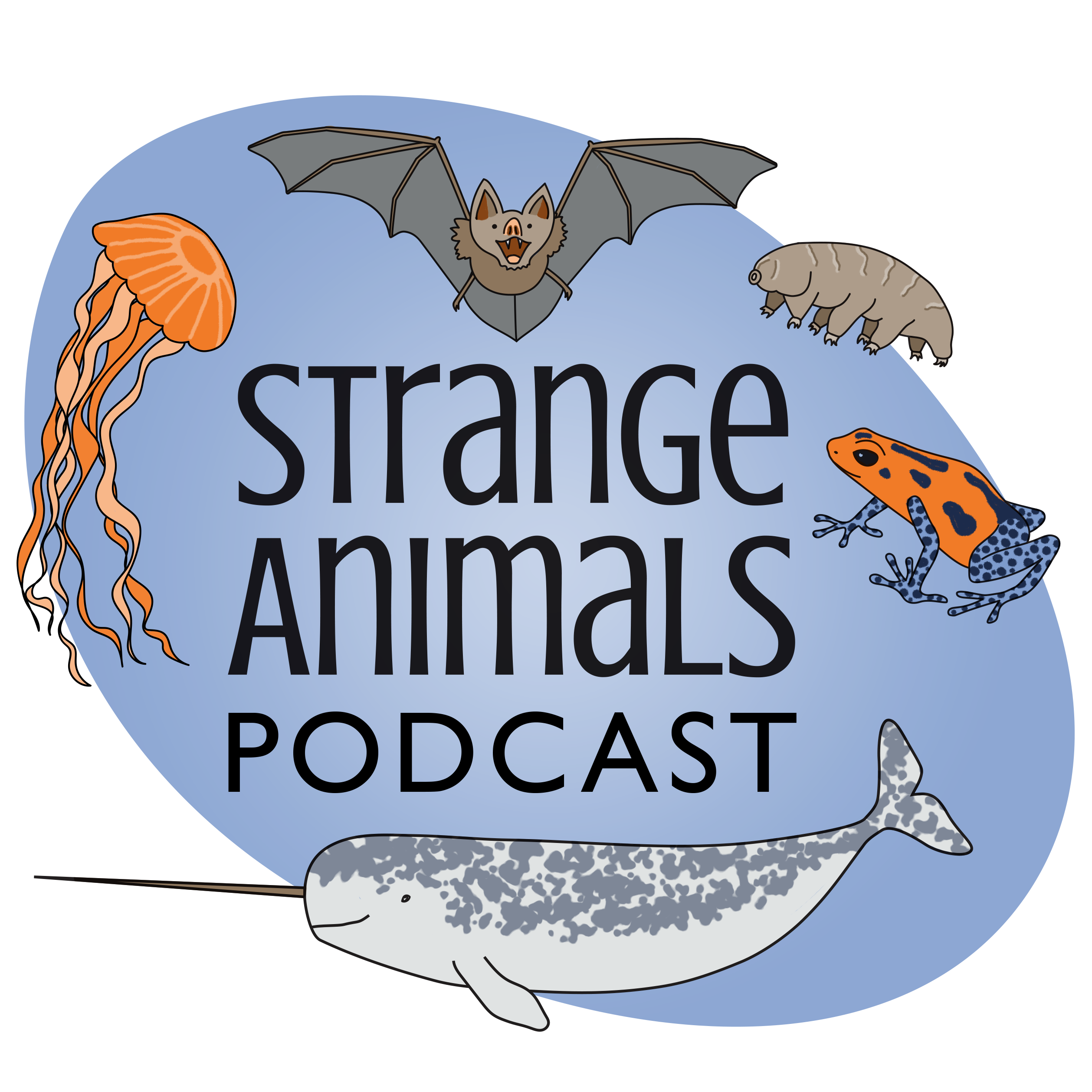Episode 278: Gender Diverse Animals

This week is Connor's episode, and we're going to learn about some animals that don't conform to "typical" gender roles, one way or another.\n\nI'll be at ConCarolinas this week, from June 3 through 5, including recording a live crossover episode with Arcane Carolinas!\n\nFurther reading:\n\nSpecies of algae with three sexes that all mate in pairs identified in Japanese river\nHow a microbe chooses among seven sexes\nFacultative Parthenogenesis in California Condors\nThe sparrow with four sexes\n\nChinstrap penguins make good dads:\n\n\n\nLaysan albatrosses make good moms:\n\n\n\nBlack swans make good dads:\n\n\n\nSome rams really like other rams (photo by Henry Holdsworth):\n\n\n\nNew Mexico whiptail lizards are all females:\n\n\n\nCalifornia condor females don't always need a male to produce fertilized eggs:\n\n\n\nClownfish change sex under some circumstances:\n\n\n\nThe white-throated sparrow essentially has four sexes:\n\n\n\nYou are awesome (photo by By Eric Rolph)!\n\n\n\nShow transcript:\n\u201cHey y\u2019all, this is Connor. Welcome to a very special Pride Month edition of the Strange Animals Podcast.\u201d\nThis week we have Connor\u2019s episode! We decided to make it the very last episode in our Kickstarter month so that it\u2019s as close to the month of June as possible, because June is Pride Month and our episode is about gender-diverse animals! Don\u2019t worry, parents of very young children, we won\u2019t be discussing mating practices except in very general terms.\nPride month celebrates people\u2019s differences when it comes to gender expression and sexuality. That\u2019s why its symbol is the rainbow, because a rainbow is made up of all different colors the same way there are different kinds of people. Sometimes people get angry when they hear about Pride month because they think there are only two genders, and that those two genders should only behave in certain ways. Pffft. That\u2019s not even true when it comes to animals, and humans are a lot more socially complicated.\nFor instance, let\u2019s start by talking about a humble creature called algae. If you remember episode 129, about the blurry line between animals and plants, you may remember that algae isn\u2019t actually a plant or an animal. Some species resemble plants more than animals, like kelp, but they\u2019re not actually plants. In July of 2021, scientists in Japan announced that a species of freshwater algae has three sexes: male, female, and bisexual. All three sexes can pair up with any of the others to reproduce and their offspring may be male, female, or bisexual at random.\nEven though the algae has been known to science for a long time, no one realized it has three sexes because most of the time, algae reproduces by cloning itself. The research team thinks that a lot of algae species may have three sexes but researchers just haven\u2019t been looking for it.\nYes, I realize that was a weird place to start, but it\u2019s also fascinating! It\u2019s also not even nearly as complicated as a protozoan called Tetrahymena thermophila, which has seven sexes.\nLet\u2019s look at a bird next, the penguin. You\u2019ve probably heard of the book And Tango Makes Three, about two male penguins who adopt an egg and raise the baby chick together. For some reason some people get so angry at those penguins! Never trust someone who doesn\u2019t like baby penguins, and never trust someone who thinks animals should act like humans. The events in the book are based on a true story, where two male chinstrap penguins in New York\u2019s Central Park Zoo formed a pair bond and tried to hatch a rock, although they also tried to steal eggs from the other penguins. A zookeeper gave the pair an extra penguin egg to hatch instead.\nThe most interesting thing about the story is that same-sex couples are common among penguins, in both captivity and in the wild, among both males and females. Since penguins sometimes lay two eggs but most species can only take care of one chick properly, zookeepers often give the extra eggs to same-sex penguin pairs.